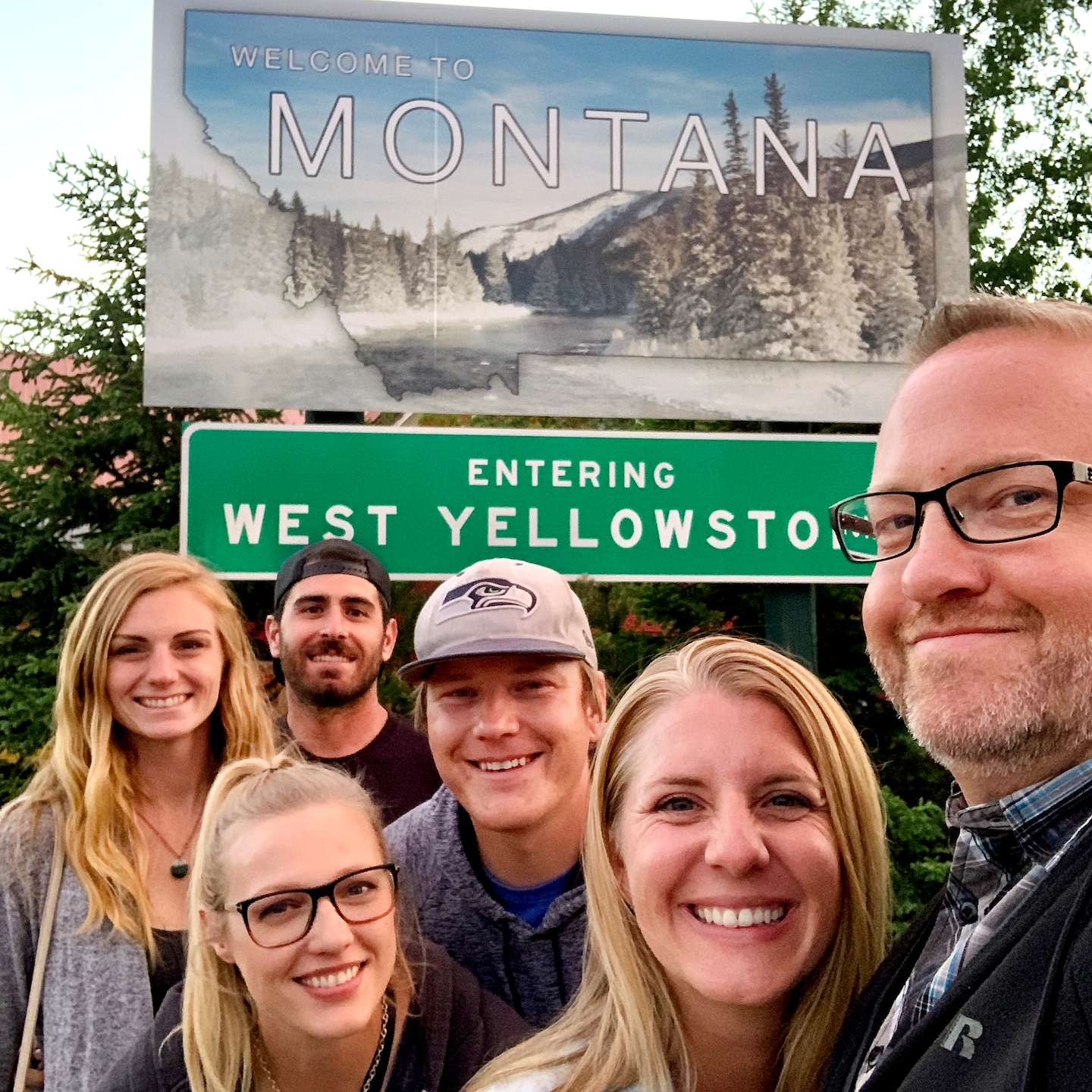Why more families are teaming up and hitting the road in vacation pods

“We had been friends with them, but honestly we weren’t super close beforehand,” Ricchetti said. “We just figured we got along, shared a similar risk tolerance for covid, and our kids would get along.”
Forget intergenerational travel or big family reunions this summer. Because of the pandemic, families are traveling with their pods: the same people they’ve chosen to isolate with for the last few months. Don’t have a pod? Many families — like the Ricchettis — are forming them specifically for travel.
This was the case for the Wells family, who live and work full time in their RV.
“We were in isolation and going stir-crazy,” said Rebekah Wells, who posts about her travels on Instagram. During the quarantine she met other families also living in their RVs full time via Xscapers, a group for working-age RVers. She and her husband formed a “quaranteam” with three other couples in their 30s and 40s whom she now describes as her “family.”
They’ve traveled together in their own RVs, staying in Arizona, Utah, Idaho and Wyoming. The members of her quaranteam were all in isolation for several weeks before they began traveling together, so they didn’t feel the need to get tested. They also camp far from other people, so they were pretty isolated . . . within their pod.
“We believe this is one of the safest ways to travel and to get to experience the outdoors, while still being connected to a community of friends,” said Wells, who is currently in West Glacier, Mont.
While travel pods are fashionable in theory, they aren’t being utilized as much as you’d think, said Alex Miller, founder and chief executive of Upgraded Points, a travel site that provides analysis, data, reviews and guides to travelers. That’s because it’s very difficult to make a travel pod work.
“The premise involves only traveling with people you’ve quarantined with, but, by this point, most people have broken a stay-at-home quarantine, and have interacted with other people in some fashion,” Miller said. “The concept sounds great on paper, but there’s a number of areas where you’d interact with others and the general public, making the pod concept not as sterile as one would think it would be.”
Ideally, Miller said, those forming travel pods would have been very strictly quarantining with those in their pod, and they would head to a home rental for their travel pod vacation, followed by camping and RVs, in that order. The challenge with RVs is that because they’re constantly on the go, there’s the potential for a lot of interaction with fuel stations, grocery stores, etc.
“By renting a home, it’s one of the least exposed options, since you can essentially make one trip to stock up and last for however long a supply you buy,” Miller said.
Also key is deciding whom you’ll travel with, and ensuring that everyone quarantines on their own for two weeks leading up to the trip to prevent anyone from spreading the virus. Getting tested is certainly a worthwhile item on the checklist, as well, Miller said.
The fewer people in the vacation pod, the better, said Zoë McLaren, a health policy researcher at the School of Public Policy at the University of Maryland. Make sure the people you choose have already been observing similar social distancing rules, as habits are hard to change.
“If families are adopting new behaviors just for the vacation, they may be less likely to be able to follow them,” McLaren said. Every additional person adds risk and increases the amount of communication needed to set guidelines for the pod — and if one person in the vacation pod becomes infected, it could spread to all the pod members easily.
Communication is very important, since everyone’s risk level and outside engagement can change over time, McLaren said. For example, if a 14-day quarantine was planned but someone accidentally had close contact with someone else during that period, then the vacation pod may need to be canceled or may need to take further precautions such as using masks, she said.
Outside of that, planning is key: Everyone has a different comfort level of how much interaction they will want, so it’s best to poll all group members and go with the most conservative — that is, the most isolated or sanitary — so everyone feels protected, Miller said.
Valerie Smith, a senior manager of software engineering, followed those rules exactly when forming her travel pod. She selected a specific family of three to join her family because they were practicing a similar level of social distancing. They all wear masks and order groceries online, and have not had contact with many people.
Two weeks before the beach trip they planned, Smith said, they ceased contact with everyone else to be extra safe. They chose to vacation at the Outer Banks, as it’s very easy to socially distance there: You can remain 50 feet away from other people at all times if you want, Smith said.
“My advice would be to make sure everyone is on the same page with respect to expectations and level of risk,” Smith said. “As long as that’s in place, it’s smooth sailing.”
Until the vacation ends, at least.
When they returned home, the Ricchetti family extended their pod behavior and allowed their children to continue to be bubbled together, following the same quarantine rules.
But because the kids are in different school grades, their bubble will end once school starts.
“We are trying to plan one more last hurrah August trip before then, though,” Ricchetti said.
And then perhaps they’ll start researching a home-schooling pod.
Braff is a writer based in Chicago. Follow her on Twitter at @daniellebraff.






